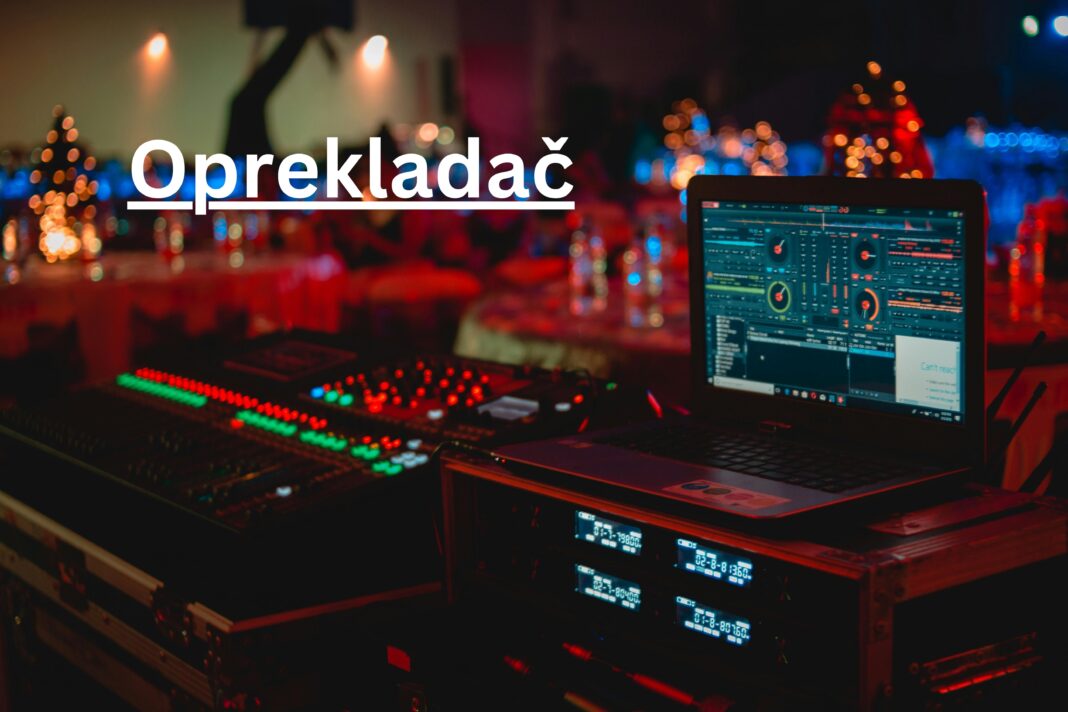Introduction
It is commonly used, especially in the contemporary world, although it is not very popular compared to other terminology. As such, it is often connected with activities of language translation and technologies. It is crucial to fully comprehend the concept of oprekladač as translation-related problems are more severe than ever before since people need to communicate across different languages.
What is Oprekladač?
It is a phrase that originated from the Czech term for ‘translator. ’ It refers to software solutions used to translate texts, often from one language to another. This can be any program or an online tool, which presents different tools to support translation work.
Importance of Translation Tools
In a multicultural environment, sometimes people face problems with languages as the world is currently highly globalized. Tools such as oprekladač assists in narrowing the gaps to ease interaction across business, teaching, travelling and general communication.
Key Benefits of Oprekladač
- Accessibility: Makes information available in multiple languages.
- Efficiency: Saves time compared to manual translation.
- Accuracy: Provides precise translations, especially with advanced algorithms.
- Cost-Effective: Reduces the need for human translators.
How it Works
Let me first give a brief description of the various types of oprekladač tools in order to better understand their utilization. Here’s a look at some common types:
- Input: User enters text.
- Processing: The tool analyzes the text, identifying language structures.
- Translation: The system converts the text into the target language.
- Output: Translated text is presented to the user.
Types
An example in this category is Google Translate which is a website with translation capabilities. They are available anytime of the day, from any location; provided there is internet access.
1. Online Translators
These are those which can be downloaded to the computer or the cell phone and have an option of working in offline mode.
2. Software Translators
Interpreters for languages upon speaking, particularly used when in foreign countries and actual interpreting.
3. Real-Time Translators
Devices or apps that translate spoken language in real-time, useful for travel and live communication.
4. Specialized Translators
Specialized tools that specialize in certain areas such as medical or legal, technical and specialized translations.
Features of Oprekladač Tools
Modern oprekladač tools come with a range of features to enhance user experience:
Multi-Language Support
Support for dozens or even hundreds of languages.
Voice Translation
Translates spoken words, facilitating verbal communication.
Text-to-Speech
Converts translated text into spoken words.
Image Translation
Translates text from images, useful for signs and documents.
Customizable Dictionaries
Allows users to add specialized vocabulary.
Advantages and Limitations
While oprekladač tools offer numerous benefits, they also have some limitations.
Advantages
- Speed: Instant translation.
- Convenience: Easy to use, available anytime.
- Cost: Often free or low-cost options.
Limitations
- Context: May struggle with idiomatic expressions.
- Nuance: Difficulty in capturing subtle language nuances.
- Accuracy: Errors in complex or highly technical texts.
How to Choose the Right Oprekladač
Selecting the right oprekladač depends on your needs. Here are some factors to consider:
- Language Support: Ensure it supports the languages you need.
- Features: Look for necessary features like voice or image translation.
- User Reviews: Check feedback from other users.
- Cost: Consider if the tool fits your budget.
Comparison Table
| Tool Name | Languages Supported | Key Features | Cost |
| Google Translate | 100+ | Voice, text, image | Free |
| Microsoft Translator | 70+ | Multi-device support | Free |
| DeepL | 20+ | High accuracy, nuanced | Subscription |
| iTranslate | 100+ | Offline mode, text-to-speech | Free/Subscription |
FAQs
1. What is it used for?
It is used for translating text from one language to another, making communication easier across different languages.
2. Can iy handle complex texts?
Some its tools can handle complex texts, but they may struggle with idiomatic expressions and technical jargon.
3. Are there free oprekladač tools?
Yes, its tools are free, though they may offer premium features at a cost.
4. How accurate are it translations?
Accuracy varies. Advanced tools like DeepL provide high accuracy, while others may have limitations.
5. Do this tools work offline?
Some tools offer offline capabilities, but many require an internet connection.
6. Can it translate spoken language?
Yes, many tools can translate spoken words in real-time.
The Future
The future looks promising with advancements in AI and machine learning. Future oprekladač tools will likely offer:
- Improved Accuracy: Gets the general sense of words used and meanings of specific words.
- Expanded Language Support: More languages, particularly the local ones, and more information about them.
- Enhanced Features: New features that include other forms of translations such as augmented translation.
- Integration: Interoperability, compatibility with other technology.
Conclusion
Oprekladač tools are invaluable since they facilitate the process of turning statement ingredients into a unified statement. Gradually as technology advances, these tools will only play a more essential role in communication around the world. Whether one is learning oprekladač for their own communication or for career advancement and business purposes, mastering the language and applying it to daily interactions is beneficial necessary.




